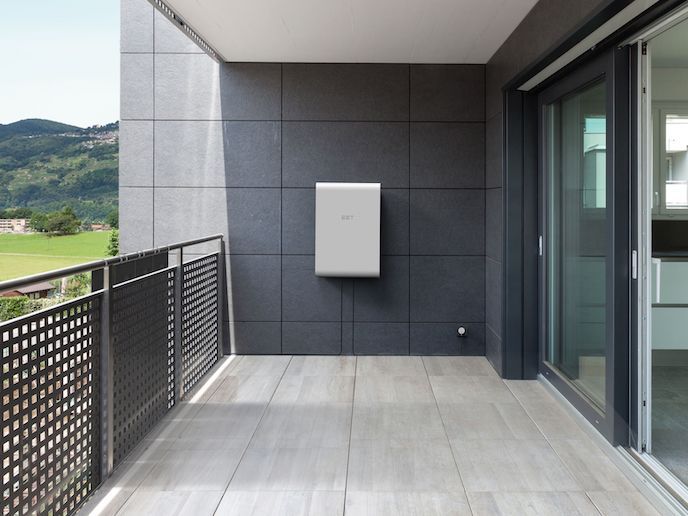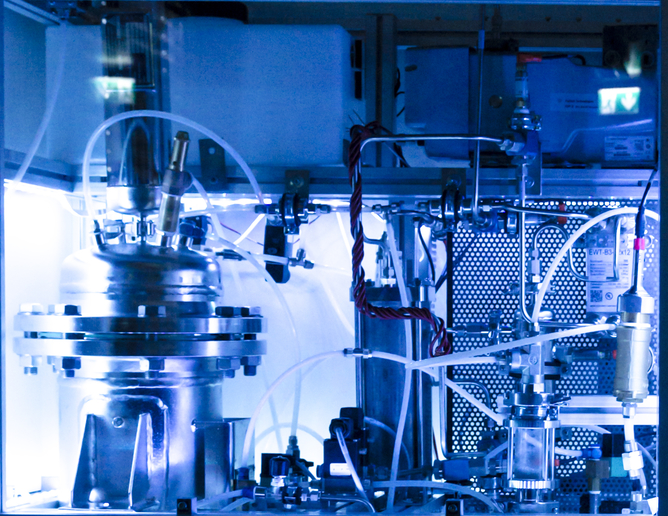Plug-in solar panel instantly converts your home to renewable energy
Solar power is an increasingly significant component of the EU’s energy mix, with contribution to the grid doubling in the last year(opens in new window). Private solar power arrays are available to consumers, but this market is held back by high installation costs and the space required for photovoltaic (PV) panels. With support from the EU, SolMate tackles both these challenges with a solar power system that can be easily connected to a domestic power supply. The panels are designed to be attached to a balcony or terrace, meaning even those without roof space can convert their property to run on renewable energy. “We want to make everybody able to produce their own electricity safely from home,” explains project coordinator Christoph Grimmer. “SolMate is a PV storage solution that can be installed by anybody, just by plugging it into a regular wall socket.” Grimmer and two colleagues founded Efficient Energy Technology(opens in new window) in 2017 to develop SolMate. The plug-and-play nature of the system means that no engineers are required to carry out an installation on site. This makes SolMate much cheaper than comparable products, notes Grimmer. The core technology within SolMate is based on impedance spectroscopy(opens in new window), a technique the trio used during their work on hydrogen technology at Graz University of Technology, Austria(opens in new window). Impedance spectroscopy is a way to measure the properties of a material by applying a current to it, and allows SolMate to seamlessly integrate solar power into the existing circuit. SolMate is expected to cost around EUR 2 500 per unit. The return on investment for the customer depends on the price of electricity in their region. “In Germany, electricity is expensive, so it takes 8 years,” says Grimmer. “In France, electricity is quite cheap, therefore the figure is more like 18 years.” The device has a life expectancy of 20 years, meaning it will keep generating electricity long after it has paid for itself. Market research commissioned by EET estimates that up to 26 million people in Europe could take advantage of the product, and that doing so can offset up to 93 % of carbon dioxide emissions. Grimmer says that securing funding from the EU was a big help. “There is a finance gap between a working prototype and mass production,” he adds. “It’s very hard to get funding, for me this is the perfect way to help young companies that have big potential to get to the market and to scale.” The co-founder of EET states SolMate is unlikely to make grid power obsolete, but can help diversify the energy mix of residential properties: “In 20 years I hope every household will have its own PV or other energy production, and have some kind of smart home system that tries to optimise energy production and consumption.” He concludes: “I’m convinced that we have an energy transition ahead of us. If we work together, I’m sure we will do it.”







